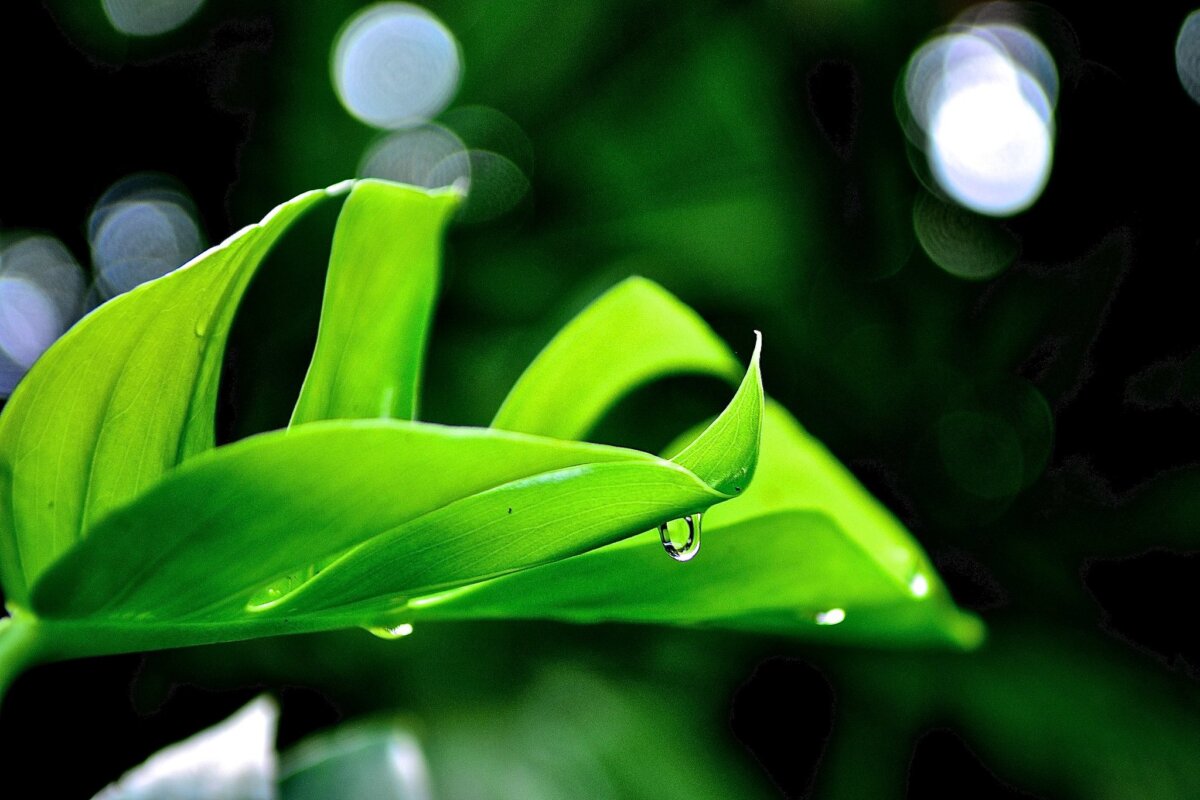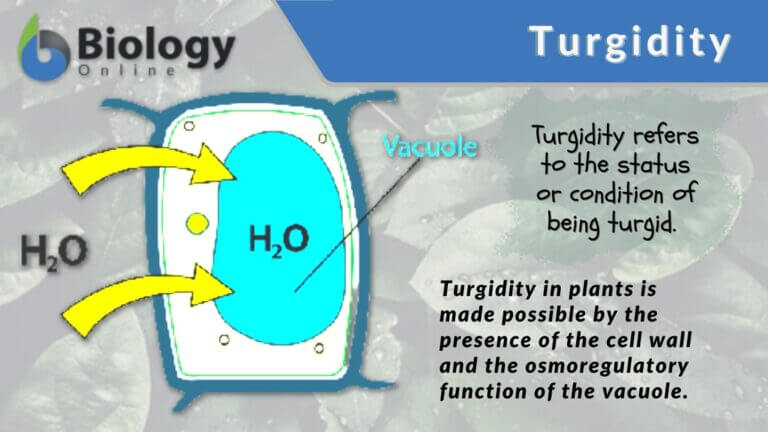
You need to water your landscape so your plants can survive and thrive. Water is a key ingredient for a healthy landscape.
Some people think they are helping the planet by not watering their landscape. But plants can’t survive without water.
Your landscape provides values to you and to the planet. Green spaces cool your neighborhood, trees help keep the air and water clean, flowers provide food for bees and birds, shrubs and trees provide shelter for wildlife. Water is a key ingredient for a healthy landscape.
Some homeowners let their plants go for months during the dry summer season without giving them any water at all. When fall arrives, they wonder why their plants are unhealthy, stressed, infested with pests or disease, or even dead.
Plants need water to survive and thrive. Even “drought-tolerant” plants need occasional watering. Drought-tolerant means the plant requires less water than thirstier plants, but it does not mean it can survive with no water at all.
The local trend in recent years is for hotter and drier summers, with many weeks (or even months) with no rain at all. Many of our clients’ landscapes have plants that suffer from drought stress. Drought stress in trees is an increasing problem. Over several seasons it may eventually kill trees.
The rule of three
Humans can live for three minutes without air, three days without water and maybe three weeks without food. I would not recommend trying to see if you can exceed any of these; it can get ugly. Living three days without water would only be possible if the person was in otherwise optimum conditions: not too hot, shelter from sun, etc. Yet we expect plants to go without water for days, weeks and even months.
Some plants, such as cacti, are adapted to harsh, dry conditions. Over thousands of years they have modified their ability to survive with very little water. Their extensive shallow root systems allow them to soak up any rain that may come their way. And they can store vast amounts of water. For example, a fully-grown saguaro cactus can absorb and store up to 200 gallons of water during a good downpour!
However, cacti are highly unusual in the plant world. The majority of plants need water during dry periods. They may be able to survive for some extended periods with little or no water, but they won’t thrive. After some time, their reduced ability to pull water from the soil can have adverse reactions that will damage and eventually kill the plant.
Why plants need water

Source: Biologyonline.com.
Plants use water for many important functions:
- Photosynthesis
- Transporting minerals for plant growth
- Cooling plant tissues during hot periods
- Disease and insect resistance
- Turgidity in leaves and bark. Turgidity is pressure against a plant’s cell walls, essential to keep the plant standing upright. Plant cells that lose a lot of water have less turgor pressure, and tend to become loose or limp. Further water loss eventually results in the wilting of the plant.
- And many other functions.
Without water, all of a plant’s functions begin to decline. This can lead to many problems.
- A plant that is stressed and unhealthy is more susceptible to insect pests and diseases.
- A lawn that has dried out and become thin is prone to invasion by weeds, moss and insect pests.
- A vegetable plant that has not received enough water will produce a smaller harvest, and individual vegetables will be smaller and less tasty.
Summer can be brutal
The hot, dry summer months are the most severe weather conditions that plants have to deal with. Little or no rainfall, long days and intense heat can have very adverse effects on plants.
Deciduous plants, the ones that shed their leaves every year, begin to droop first. Then they will begin to lose leaves. A plant drops its leaves to reduce the amount of leaf material it needs to support.
If caught in time, most plants will rehydrate and return to normal functions in a short while. But there is a point of no return, called past wilting point (PWP), in which the plant will die because it can no longer pull water with its roots.
It is more difficult to tell with evergreen plants. Some large trees will take up to two or three years to show adverse signs that lack of water was a problem for it in the past.
It seems like every year in the Pacific Northwest, we are saturated with rain and water for months on end. The soils are sloppy and cold for what seems like forever.
But once the rains disappear, it only takes a few weeks for the soils to become bone dry and dusty. Most of this has to do with the heavy clay soils that are prevalent throughout the PNW. The clay holds onto water a long time with its microscopic pores and releases the water slowly. However, when it gets dry it becomes almost hydrophobic, meaning that it will almost repel water.
Soils are like sponges
If a sponge is allowed to completely dry out, you can pour water on top of it and all the water will shoot off the top, leaving the sponge dry. But if a small amount of water is applied to the top part of the sponge, it softens up the surface. In a short of amount of time, more water can be added to the sponge and it will begin to soak in and soak down. After a while water flows freely through the sponge and comes out the bottom.
Our soils are the same. If we allow them to get so dry that water runs off the top immediately, we will need to water them slowly so they can rehydrate. It will take small amounts of water and some time before the water will soak into the soil and move through the soil freely.
If we do not water at all during the summer, it may take months of rainy weather to rehydrate soils because of the need to soften the soil over time. Until that happens, plant roots will not get enough water.
How to water your landscape: resources
We have lots of resources to help you water your landscape efficiently and effectively.
YouTube playlist
Our YouTube playlist on Watering Your Lawn and Garden has several videos on the basics of watering, watering systems, watering new plants and trees, and more.
- Watering 101: Create Strong and Healthy Plants
- A Good Start: How to Plant and Water a New Plant
- Tree Gators: How to Water a New Tree
- Water Timers: Make Your Watering Easier
- How Much Water? Rain Gauges, Sensors and Tuna Cans
- Watering Systems: Wands, Hoses and Sprinklers
- Choosing and Using Mulch
- Measuring One Inch of Water
- Natural Lawn Care: Smart Watering
Blog posts
Check out these posts for information about how and why to water your landscape.
- Lawn and landscape watering: 8 quick tips
- How to water for a Bee Friendly Lawn
- Smart watering: how much, when and how long to water
- Give your plant a good start: how to plant and water it
- Don’t forget to water your trees
- Quick summer lawn care tips
- Choose drought-tolerant plants and reduce time you spend watering
- Watering will help manage insect problems
- Invest in watering for landscape dividends
- Summer watering tips
Other watering resources
- The Saving Water Partnership has loads of information on watering, including automatic irrigation systems,choosing and using drip irrigation and soaker hoses and more.
- Seattle Public Utilities has a guide on Smart Watering.
- Swanson’s Nursery has a great article on best watering practices.
- Michigan State University Extension has a good article on smart watering in the vegetable garden.
Photo: Jose Nicdao, Flickr.
